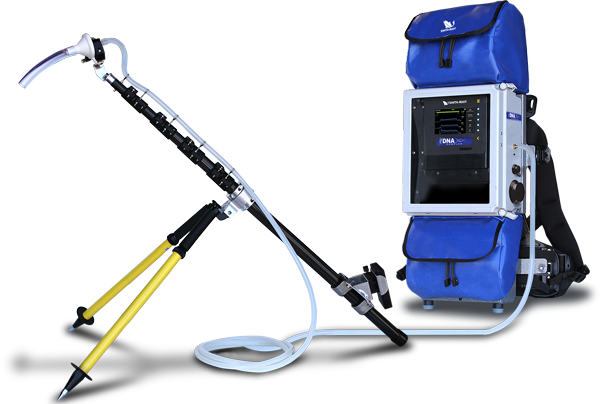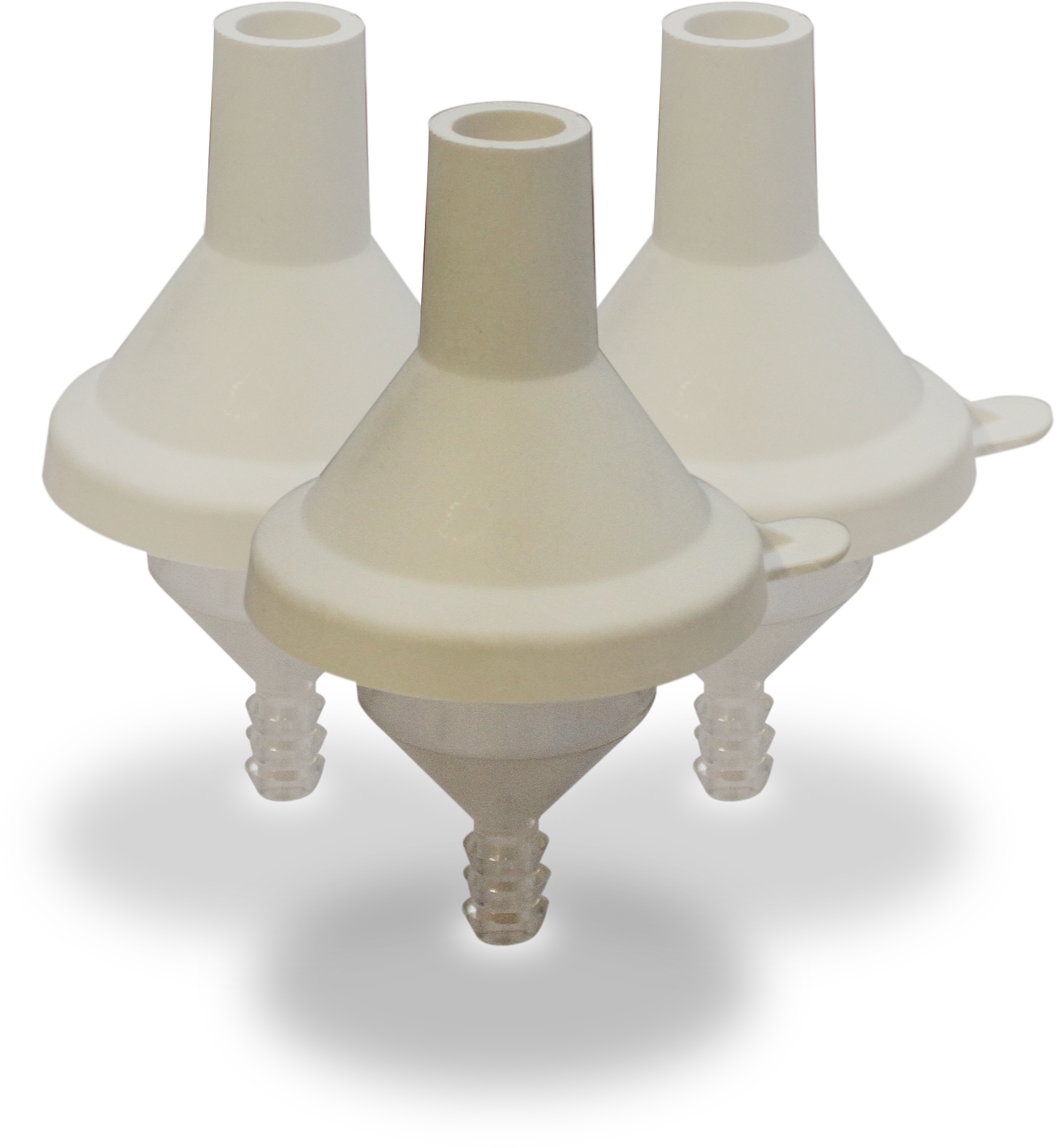Environmental DNA
Rapid Environmental DNA Collection and Detection
Living organisms are constantly releasing trace amounts of DNA into their environment via shed cells, gametes, waste products, etc. Once in the environment, environmental DNA (eDNA) can persist for a period of time depending on biotic (e.g., bacteria) and abiotic factors (e.g., temperature and UV exposure). Consequently, free eDNA can be collected from environmental samples such as water or soil and analyzed using molecular techniques.
eDNA analysis can be a reliable tool for aquatic species detection even when DNA is present in low concentrations. This makes eDNA especially useful for assessing species distribution or detecting rare species (e.g., threatened, endangered, or invasive) that might be difficult to detect using traditional methods. Similarly, aquatic microorganisms such as bacteria, viruses, fungi, and small parasites can be easily detected using eDNA analysis.

